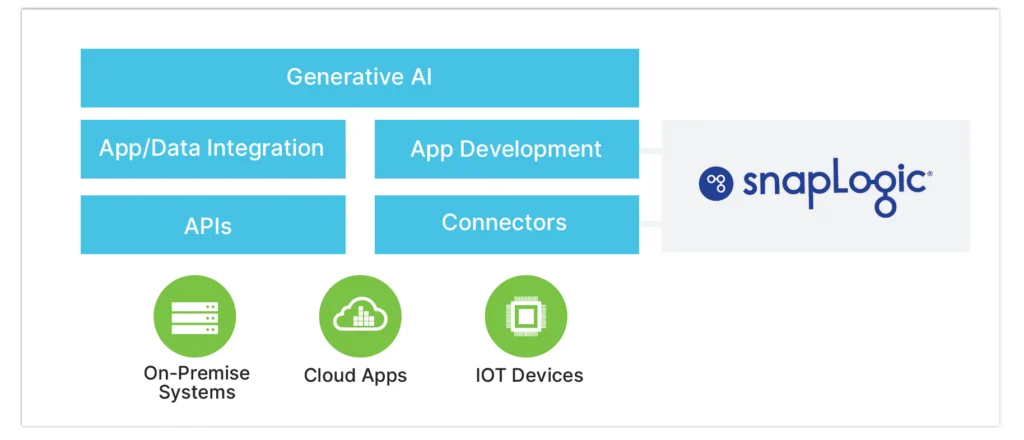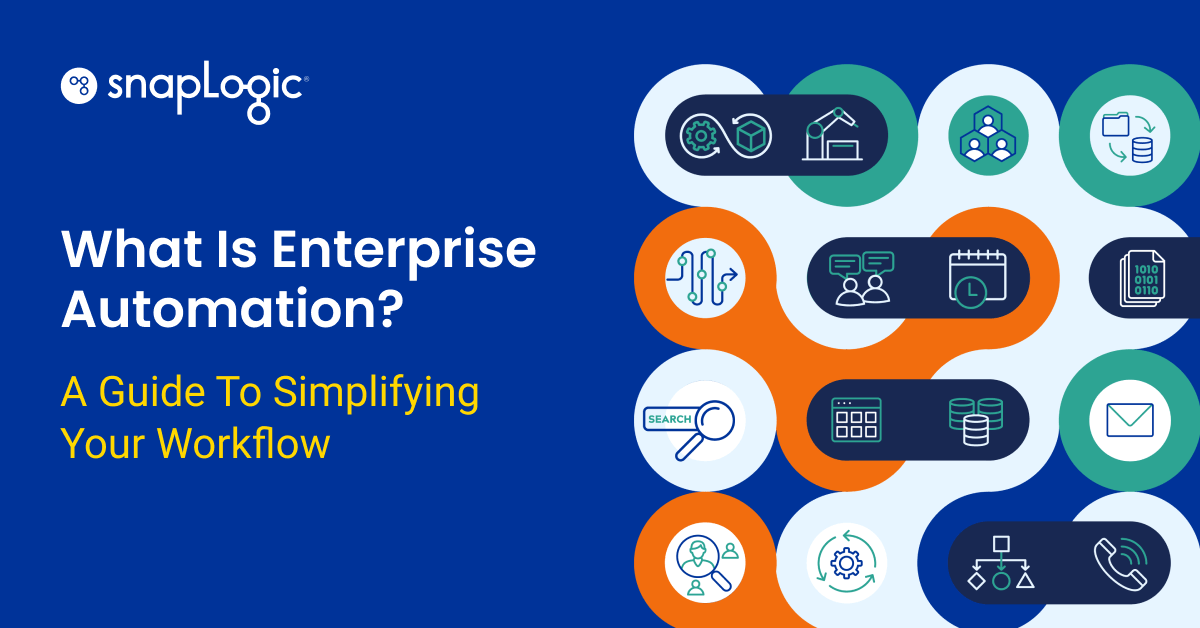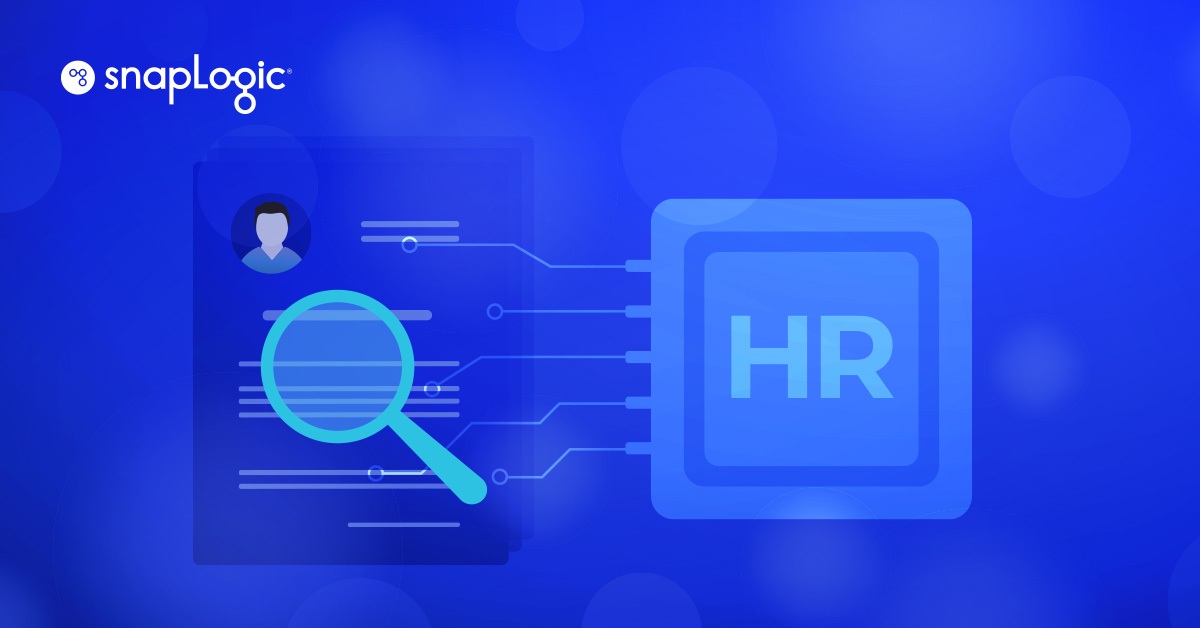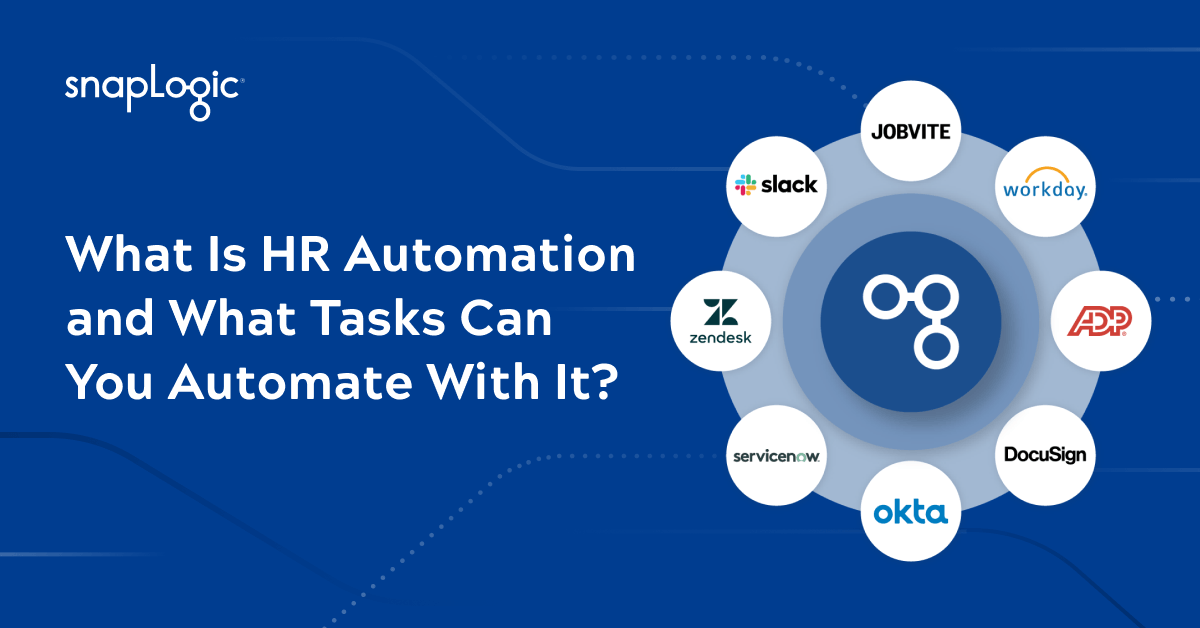In the fast-evolving landscape of business operations, adaptability, agility, and innovation have become the cornerstone for success. As we navigate through a period of rapid transformation and disruption, businesses are discovering that these qualities are not just desirable but essential for thriving. And no function may be more in need of updating than human resources (HR).
From the advent of remote work, generative AI, and data analytics, the necessity for modern HR technology has never been more apparent. That’s what Marcus Dasilva, Head of HR Technology and Automation at BaseLinked laid out in a comprehensive guide, “HR Technology Masterclass: Integrating Data, People, and Processes for the Future of Work,” with support from BaseLinked and SnapLogic.
In the guide, Dasilva explores the critical role of modern HR technology in helping organizations meet these demands and create exceptional digital employee experiences. Let’s take a look at some of the highlights.
The history of HR systems
Legacy HR systems, which originated in the 1970s and 1980s, were the first attempts to digitize the plethora of paper documents and manual HR processes. These systems automate recordkeeping tasks such as payroll, benefits, training, and recruitment, which is an essential first step towards HR modernization. This era, dubbed the “System of Record” phase, gave HR the ability to store, access, and manage employee information via mainframe and client/server systems.
As the 1990s and 2000s drew closer, HR systems began to transform into “Systems of Talent,” which included tools for applicant tracking, learning administration, employee surveys, and employee self-service. These tools expanded the HR system’s capabilities beyond simple record-keeping to include talent outcomes. In addition to automating HR processes, the goal was to accelerate and improve talent acquisition, skills development, employee engagement, and the provision of better information for people to perform their jobs.
The advent of “Systems of Intelligence” in HR technology heralds a new era where AI and analytics play a significant role. Organisations must update their HR systems to conform to modern norms and needs as we go through the digital era. By optimising the digital employee experience, organisations can increase engagement, productivity, and overall performance.
According to a survey from Deloitte, 56% of companies are reconfiguring their HR programs to harness the power of digital and mobile tools.
Moving past legacy HR technology
Legacy HR technology was initially developed with stability rather than flexibility in mind.
However, in today’s dynamic business environment, these systems present common obstacles, including:
- Data management and reporting challenges: Legacy systems often suffer from inadequate reporting and analytics capabilities, limiting the insights organisations can glean from their HR data.
- Difficulties with system upgrades and customizations: Legacy systems often pose challenges when it comes to customizations or upgrades. These difficulties can delay the implementation of critical enhancements, thus affecting overall HR operations.
- Interoperability and system compatibility issues: With evolving HR technology, system compatibility becomes crucial. Unfortunately, legacy systems often struggle with interoperability issues, creating further obstacles
- Security and compliance risks: Old systems are usually less secure and may not align with modern compliance requirements, presenting potential security and legal risks.
Eliminating data silos and integrating new technology are just two examples of the radical change that is required to reap substantial business benefits. Scalable, flexible integration is essential for staying ahead of the competition in today’s market, where more nimble platforms are emerging to meet business needs.
To remain relevant, attract, retain and engage top talent, organisations must embrace these flexible platforms and modern integration and automation strategies to future-proof their HR operations and deliver an exceptional digital employee experience.

Integrating and automating HR technology and processes
Any organisation’s ability to adapt to the rapidly shifting business environment will determine whether it will survive. HR technology integration exemplifies this agility by enabling businesses to quickly respond to the entry of new rivals or unforeseen changes in the competitive landscape.
An integration platform as a service, aka iPaaS, is a suite of cloud services that facilitate the development, execution, and governance of integration flows, connecting any combination of on-premises and cloud-based processes, services, applications, and data within an organisation. The seamless integration of data, systems, and processes speeds up decision-making, enabling businesses to act more quickly and effectively.
iPaaS providers, such as SnapLogic, equip their platforms with sophisticated features like generative AI, data governance, master data management, and data quality control for a complete and comprehensive approach to data management.

How to modernise the employee experience
When facilitated by integrated, frictionless, and personalised technology, the employee journey can become a truly exceptional experience. This, in turn, can lead to a notable boost in employee satisfaction and performance—vital indicators of a thriving work environment. Here are three key steps to delivering exceptional employee experiences.
1. Unify diverse data sources
Leverage robust iPaaS platforms to compile and integrate data from various sources into a singular, comprehensive database. This becomes the base for your AI strategy, empowering the AI to learn from every facet of the business. Conversely, data stuck in silos hinders the AI’s learning scope and the development of a meaningful AI strategy.
2. Break down data silos
Cultivate a thorough 360-degree view of the workforce by demolishing data silos. This allows AI to gain a full-picture understanding of individual needs, preferences, and patterns. As a result, AI can produce unique insights and predict trends that may be invisible to the human eye. A disjointed database, however, restricts AI’s predictive capabilities, rendering personalization static or impossible.
3. Use data to personalise the employee experience
Utilise holistic data as a key tool for customising every aspect of the employee journey, from onboarding to performance management, and career growth. AI’s capacity to process vast amounts of data enables it to generate hyper-personalised pathways for each employee. However, if data is missing due to fragmented storage, the personalization AI can offer will be limited, incomplete, and less impactful.
Increasingly, organisations are recognizing that their success depends on improving and optimising the personalised technological experience for their employees. In today’s remote and hybrid world, your technology doesn’t just facilitate the employee experience — it shapes it.
Get the full guide
Learn about all the critical factors of a modern HR framework, including business process automation, building a resilient, future-ready HR solution architecture, and end-to-end digital HR transformation with SnapLogic and BaseLinked in the full guide, “HR Technology Masterclass: Integrating Data, People, and Processes for the Future of Work.”









